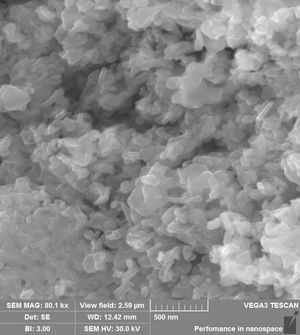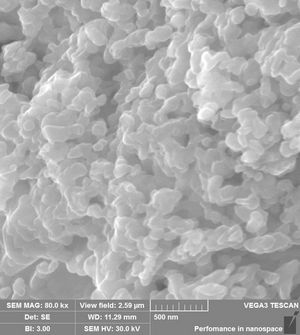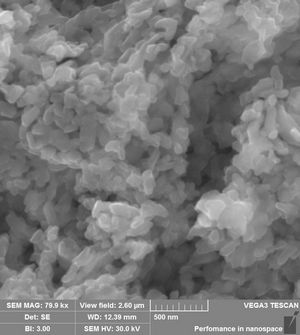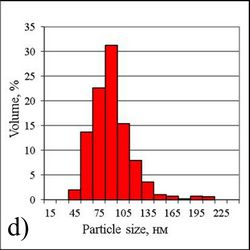New radar-absorbing materials for radioelectronics
Principle investigator:
Hexagonal oxide barium and strontium ferrimagnetics (hexaferrites) are the main components for developing new materials designed for biological protection against electromagnetic radiation, reducing radar visibility of various objects and ensuring electromagnetic compatibility of radio electronic components in high-tech devices and apparatuses. These materials have a reduced coefficient of reflection of electromagnetic waves and an extended frequency range.
Barium hexaferrite powder was firstly obtained by solution-combustion synthesis using different types of fuel: carbamide, sucrose, glycine and citric acid (Fig.1). This method is more energy efficient and significantly reduces the cost of the final product.
It was found that the content of the target phase in the obtained powders, as well as particle size distribution, saturation magnetization and anisotropy fields depend on the fuel type. The narrowest particle size distribution (90-100 nm, Figs. 1, 2) and the maximum saturation magnetization (59.0 emu/g) are observed for the product synthesized with citric acid. The obtained structural and magnetic characteristics correspond to reference values.




Figure 1. SEM images of ash gel combustion and heat treatment products.




Figure 2. Particle size distribution histograms of ash combustion gel and heat treatment products. a) carbamide, b) sucrose, c) glycine, d) citric acid.
The obtained barium hexaferrite BaFe12O19, due to high functional magnetic characteristics stable in a wide temperature range, can be used for manufacturing permanent magnets and various components of radar-absorbing materials and microwave devices.

